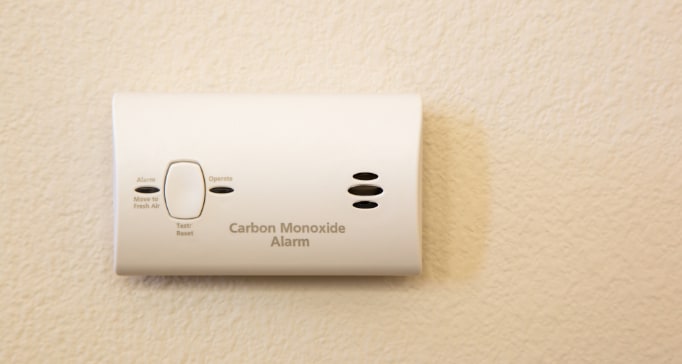
Include CO Detectors Into Your Home’s Security
Installing carbon monoxide detectors in your property is a great start, but you can improve your defense even more by incorporating them into your security system. This offers an additional layer of protection, as your monitoring specialists will be updated any time a CO detector goes off. This support can be vital, particularly if an emergency strikes in the early morning hours and you aren’t awakened by the alarm.
Order CO Detectors In St. Petersburg With Your Home Security Package
Protect your family against all kinds of dangers with a full-featured home security package from Secure24 Alarm Systems. Our CO and smoke detectors in St. Petersburg are monitored in the same fashion as your other security components. You’ll have backup from a dedicated, 24-7 team whenever an emergency takes place. Dial (727) 258-2938 today to customize the security of your loved ones and home.
Where To Place Carbon Monoxide Detectors In Your St. Petersburg Property
Homeowners must safeguard against various risks like fire, flooding, and burglary. But what about a risk that can’t be detected by human senses? Carbon monoxide presents unique challenges as you might never know it’s there. Nevertheless, using CO detectors can simply safeguard your family and property. Explore more about this potentially lethal gas and where to place carbon monoxide detectors in your St. Petersburg home.
What Is Carbon Monoxide?
Known as the silent killer as of a result of its lack of color, odor, or taste, carbon monoxide is a commonly found gas formed by an incomplete combustion of fuels. Any appliance that uses fuels like a fireplace or furnace may generate carbon monoxide. Although you typically won’t have problems, difficulties can arise when equipment is not regularly inspected or appropriately vented. These missteps could lead to a build-up of the potentially lethal gas in your home. Generators and heaters of various types are the most frequent reasons for CO poisoning.
When exposed to low levels of CO, you may suffer from fatigue, headaches, dizziness nausea, or vomiting. Extended exposure to elevated amounts can cause cardiopulmonary arrest, and potentially death.
Suggestions On Where To Place St. Petersburg Carbon Monoxide Detectors
If you don’t own at least one carbon monoxide detector in your residence, purchase one now. Ideally, you should use one on each level of your home, including basements. Explore these suggestions on where to place carbon monoxide detectors in St. Petersburg:
- Put them on every floor, particularly in places where you use fuel-burning appliances, like water heaters, furnaces, gas dryers, and fireplaces.
- Always have one within 10 feet of bedrooms. If you only get one CO detector, this is the place for it.
- Position them about 10 to 20 feet from sources of CO.
- Do not affix them directly above or beside fuel-utilizing appliances, as a non-hazardous amount of carbon monoxide might be emitted when they start and prompt a false alarm.
- Secure them to walls approximately five feet above the floor so they will sample air where inhabitants are breathing it.
- Avoid installing them in dead-air areas and near windows or doors.
- Put one in areas above garages.
Inspect your CO detectors often and maintain them in accordance with manufacturer instructions. You will typically need to replace units within five or six years. You should also make certain any fuel-consuming appliances are in in proper working shape and sufficiently vented.
